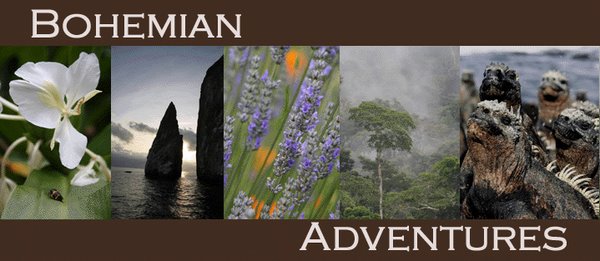 A Louisiana pine snake tries to make its escape into some pine straw on the forest floor. This is one of the photos of mine that the magazine published alongside my article. Coolio
A Louisiana pine snake tries to make its escape into some pine straw on the forest floor. This is one of the photos of mine that the magazine published alongside my article. Coolio
Copyright (c) 2008 Wendee Holtcamp
My latest article is out! No matter how many years I've been writing and publishing, I still get excited to see my name in print!! I think it's cool to document my field excursions, including photos, and then a few months later see the final product in a magazine. Remember back in September when I went out in the piney woods of East Texas snake trapping? I blogged about it in the entry, snake charmer, and included photos, in snake trapping in Angelina NF (National Forest). Well that article is now out! It's been on the news stands for a couple weeks, but it's now online. The Snake Underground: The Louisiana pine snake, like its longleaf pine habitat, may be running out of time.
The print magazine version also includes a couple of my photos, which is exciting also! In fact, one of my goals over the next few years is to market more of  my photos. I have some I think are pretty decent, but except for those I send in with an article I have not spent much time trying to market to various magazines. That is going to change, but my main priority this year is to finish my book on making peace between evolution and Christianity (and I'm under contract, so no fooling around there!). Here are the first couple of paragraphs (for some reason they have a mistake on the website and they repeated the 1st paragraph twice, so just ignore that!)
my photos. I have some I think are pretty decent, but except for those I send in with an article I have not spent much time trying to market to various magazines. That is going to change, but my main priority this year is to finish my book on making peace between evolution and Christianity (and I'm under contract, so no fooling around there!). Here are the first couple of paragraphs (for some reason they have a mistake on the website and they repeated the 1st paragraph twice, so just ignore that!)
Craig Rudolph's white hair and bushy white beard are a common sight in the longleaf pine savannah of East Texas. A U.S. Forest Service Southern Research Station biologist, Rudolph has been researching the Louisiana pine snake - one of North America's rarest reptiles - for more than 15 years. He and his colleagues regularly check dozens of 4 by 4 foot square wood box traps in locales throughout the snake's historic range, and with over 350,000 "trap-days" under their belt, they catch a lot of snake species. But unfortunately, as the years pass, they're catching fewer and fewer Louisiana pine snakes.
Rudolph's research has revealed previously unknown secrets about the snake's natural history - including that they live underground in mature longleaf pine forests, they prey on pocket gophers and they depend on gopher burrows for much of their life cycle. He also discovered the snakes remain in only three small isolated populations in East Texas, in addition to three slightly larger populations in western Louisiana. "My gut tells me they're in a world of hurt," says Rudolph, who has more experience studying the snake than anyone. But justifying formal protection requires extensive scientific research - and that is what Rudolph has spent the last several years doing.
This article idea emerged from another article I wrote about species in the national forests of East Texas - frogs. That article, It's Not Easy Being Green: A Tale of Texas Frogs, was published in 2004, and is now online (the magazine is putting more and more back issues online). I wrote that one about the research of biologist Dan Saenz, who works for the U.S. Forest Service, along with Craig Rudolph who is the main researcher I highlighted in the Louisiana pine snake piece. Dan has been studying various frog species for years, and I actually began to work with him on a project for my Ph.D. research before I left that program. Dan had told me how rare the Louisiana pine snake was, and thought it would make a great article subject, but it wasn't until last year I finally got the chance to write about the fascinating snake! Let me know what you think of the article if you get a chance to check it out.







No comments:
Post a Comment